Patagonia is famed for many things: its towering peaks; turquoise glacial lakes; and its otherworldly emptiness. Amidst all of this resides its abundant and quite distinct wildlife, glimpsing a sight of which is certain to live long in the memory. From gambolling camelids to soaring birds of prey, Red Savannah’s guide to the animals of Patagonia highlights some of the incredible wildlife sightings you might be lucky enough to encounter during your immersive journey here.
VICUÑAS & GUANACOS
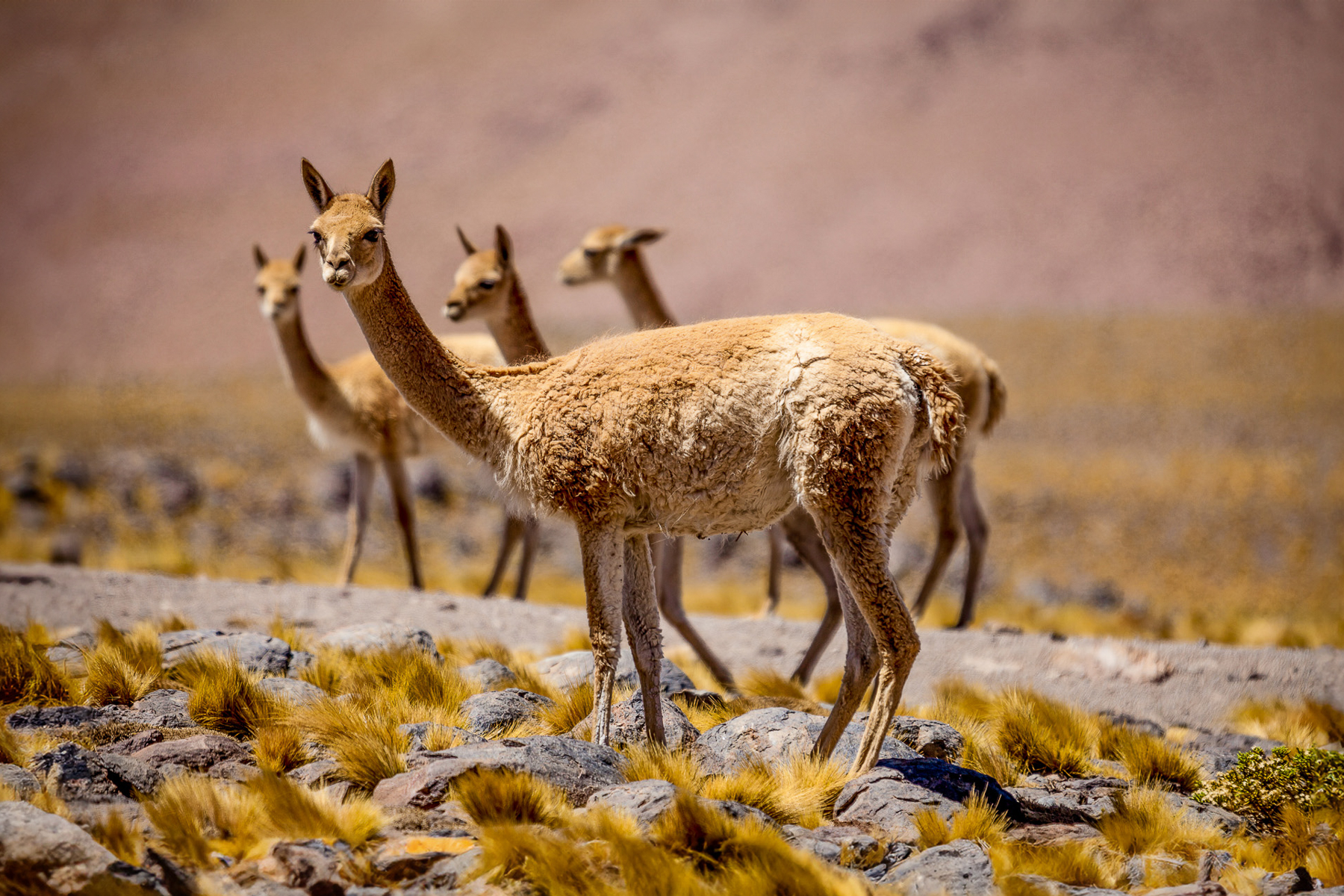
With a heart twice the size of similar-sized animals and the ability to run almost 30 miles per hour, the vicuña is well adapted to living in higher altitude areas of Patagonia. It sports a thick coat of extremely soft fur, so desirable that it was once reserved solely for Incan sovereignty. For this reason, it is believed to be the wild ancestor of the domesticated alpaca, whose wool is among the softest in the trade today. Once hunted to near extinction, vicuña numbers now flourish owing to years of successful conservation efforts.
A close relative of the vicuña, and the only other camelid species in South America, is the guanaco. Wearing a similarly fluffy coat, the guanaco is larger than the vicuña and better adapted to slightly lower altitude regions of Patagonia.
ANDEAN CONDORS
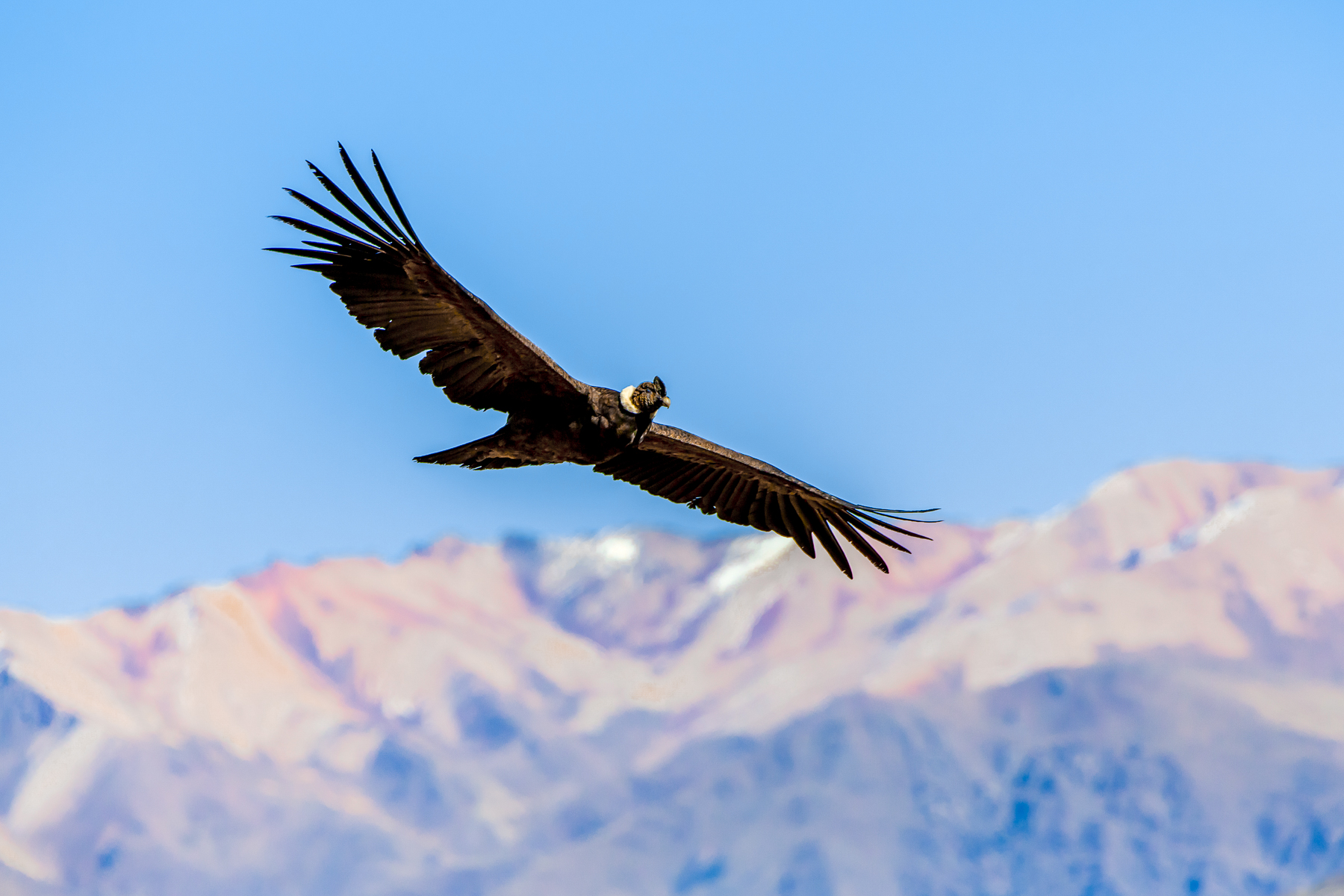
The heaviest flying bird in the world and a wingspan of up to three metres, the Andean condor is the king of the skies in Southern Patagonia. This formidable carnivore makes clever use of warm air currents to glide through the sky with barely a flap of its wings, granting it longer in the air to spot potential meals. The Andean condor feeds largely on carrion which it is specially adapted to eat, with a featherless head to avoid muddying its plumage while feeding. Its size and prowess in the air have granted it a symbol of power and greatness across many South American countries, and it is even the national bird of Chile. Spot these magnificent creatures in the Torres del Paine National Park where they nest on rocky cliff faces.
PUMAS
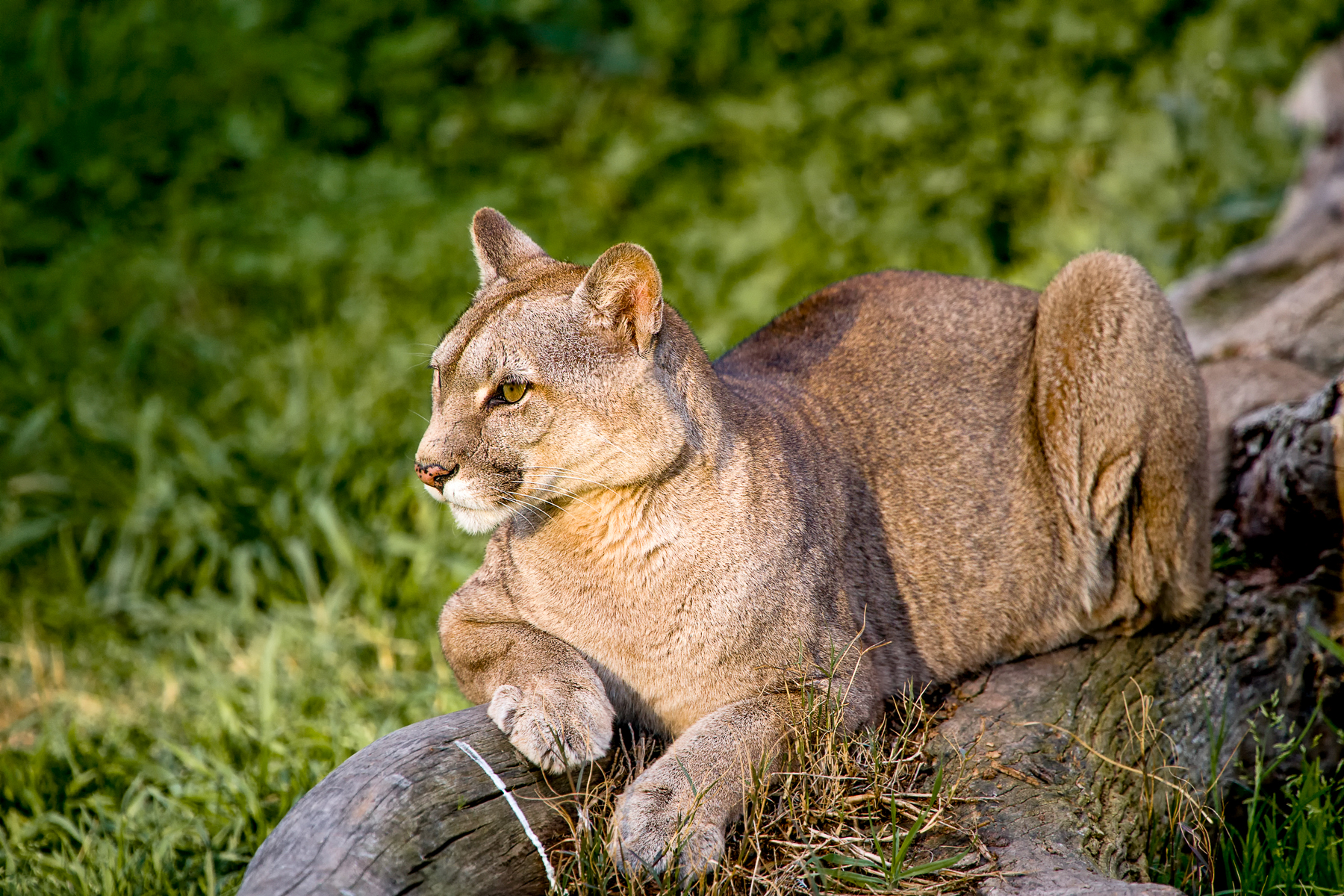
The fourth largest big cat in the world and a master of stealth, the puma is Patagonia’s agile apex predator. Combined with its solitary nature, it is extremely elusive and sightings can never be guaranteed. Those particularly keen on glimpsing these elegant hunters are advised to choose a lodge with a specialist puma-tracking programme, such as Estancia Cerro Guido. For those who strike gold, a puma sighting is undoubtedly one of Patagonia's most captivating spectacles.
PENGUINS
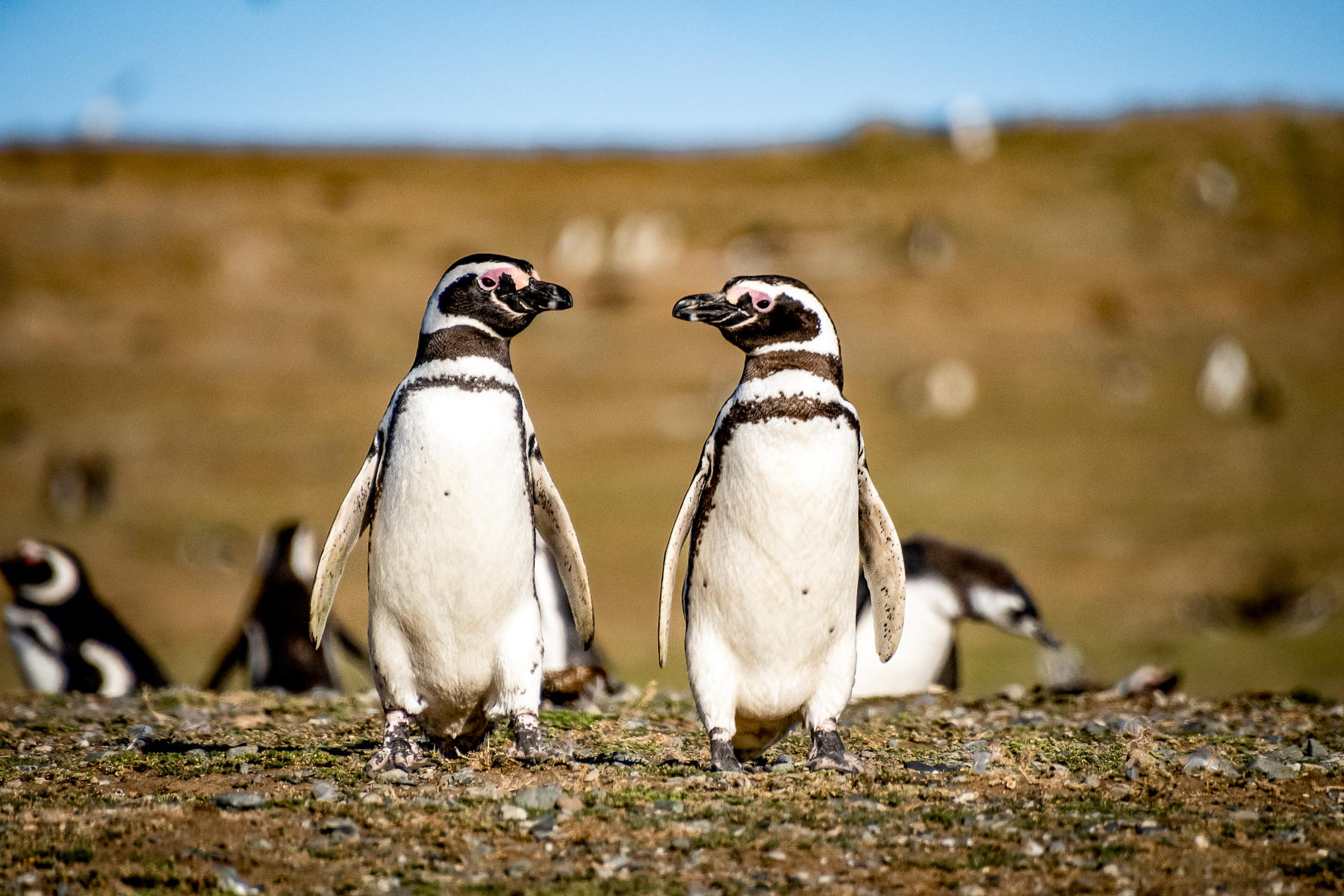
There are several species of penguins that call Patagonia their home, with the most abundant of these being the magellanic penguin. There are so many of these particular penguins, in fact, that the largest colony in the world can be found in Patagonia's Punta Tombo region. For an intimate encounter with the magellanic penguin, stay aboard the Stella Australis, where intimate zodiac safaris allow guests to catch a glimpse of these endearing animals up close.
Patagonia is also home to the gentoo penguin, which can be spotted on Martillo Island during a boat tour from Ushuaia. The gentoo penguin has the largest tail of any penguin species, which is reflected in its Latin name, Pygoscelis papua, meaning ‘brush-tailed’. Home to both gentoo and magellanic penguins, and even the occasional king penguin, Martillo Island is a great place to visit for those hoping to see these charming birds.
WHALES
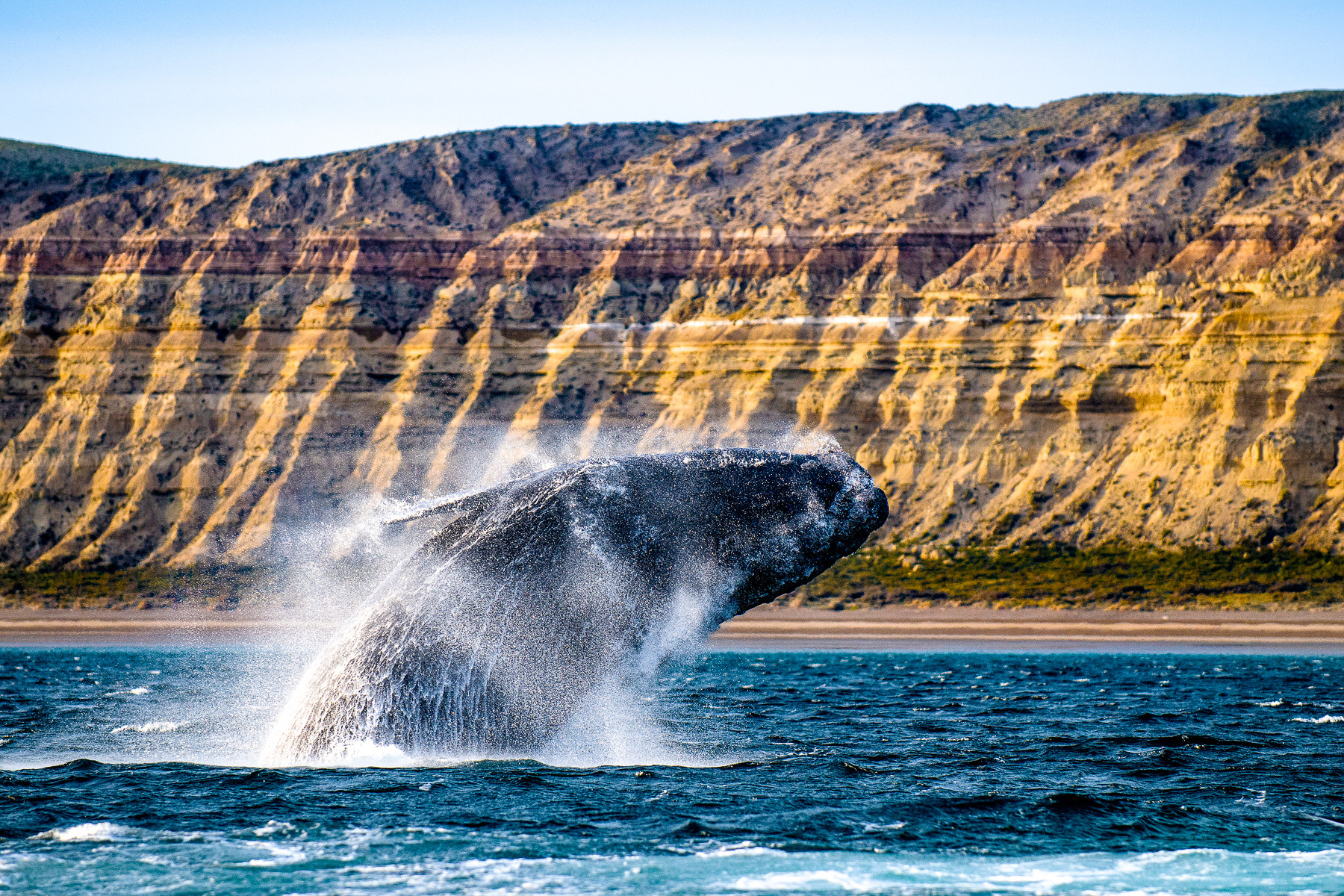
There are two species of whale that can be spotted in Patagonia, which are best viewed off the coast of Argentina’s glimmering Valdes Peninsula. One of the ocean’s most vicious and recognisable predators, the orca is often seen stalking the coastlines of the peninsula during low tides in search of seal pups. While not a guaranteed sighting, those with patience and a little luck have every chance of seeing these adept hunters on the prowl.
Much more common is the southern right whale, which flocks to the Valdes Peninsula between June and December to breed. Characterised by the striking white callosities that grow on its head, the southern right whale is truly one of the more distinctive species of whales. Spotting this majestic creature as it performs acrobatic breaches and teaches its calves how to breathe is almost guaranteed between the months of August and October, making a trip here more than worthwhile.
ARMADILLOS
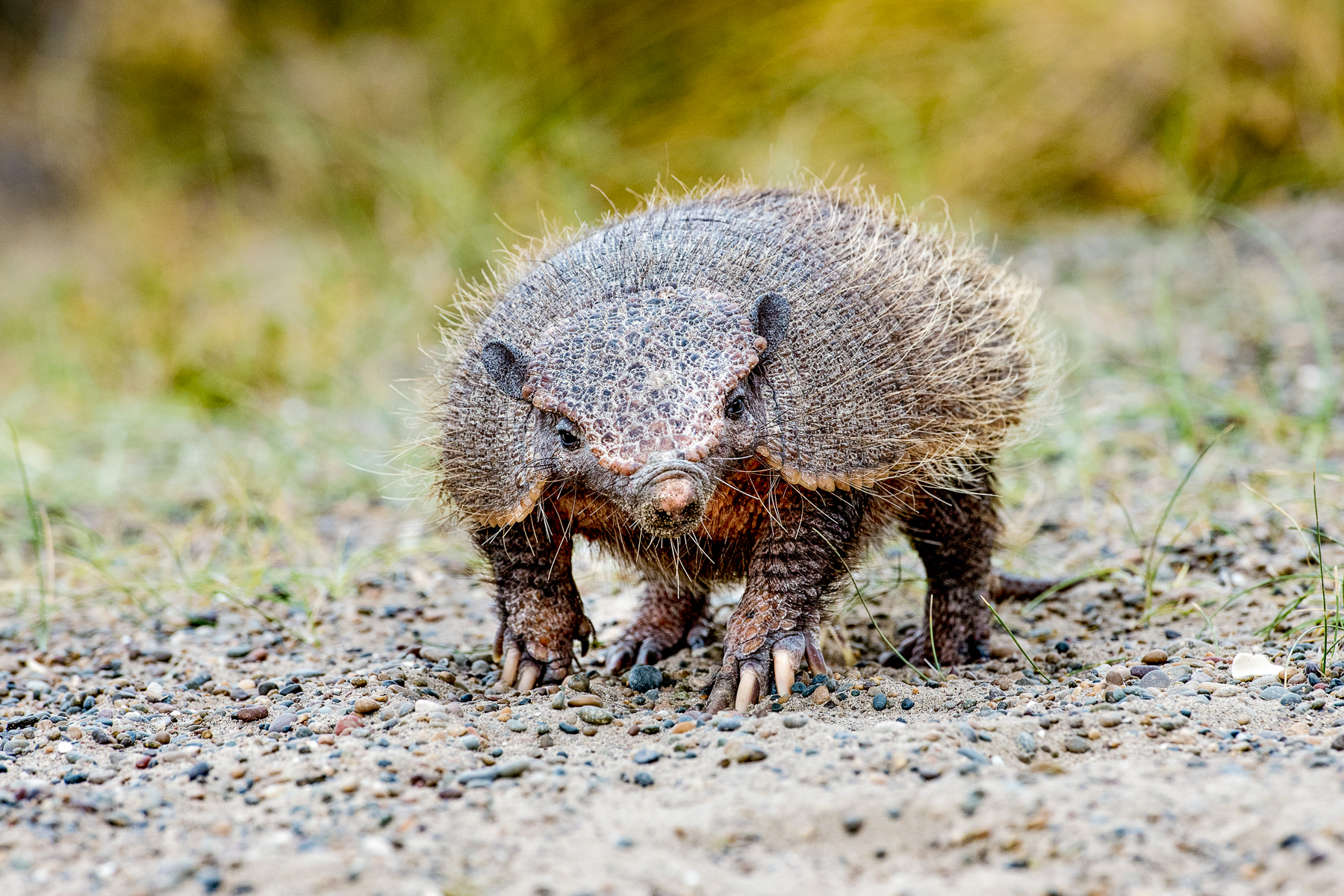
Proficient diggers, there are two species of armadillo which scurry around the complex network of burrows beneath the Patagonian steppe. The larger of these species is certainly eye-catching with its scaly armour-like skin clad in long, bristly whiskers, and is aptly known as the big hairy armadillo. Well adapted to the desert environment, the big hairy armadillo can go for prolonged periods without drinking and uses the moisture from foraged plants to hydrate itself.
The second and much smaller species is also appropriately named the dwarf armadillo – or more simply – pichi. An adept forager, this nimble animal is often seen scavenging across the steppe in search of insects and roots. Active at dusk and dawn, you will often have to wait until the cover of darkness to spot either of these fascinating creatures.

















